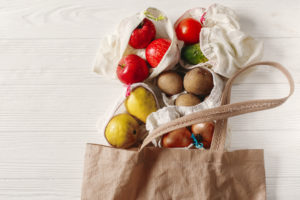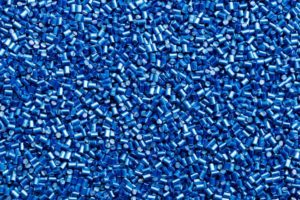A vision for a circular economy for plastics in Canada
Canada does not produce plastic in a circular manner since the cheapest method is a linear model of consumption: take-make-dispose. Five obstacles to a circular plastics economy in Canada include: direct production subsidies for fossil-based plastics; un-priced and unmitigated externalities; poor exchange of information; technological barriers; and existing policies and regulations that block development of a circular economy. It is time to evolve from a linear and wasteful model to one that is circular and regenerative.
Authors -Usman Valiante
Executive Summary
Canada’s current take-make-waste model for plastics harms the environment and squanders economic opportunity.
Plastics are ubiquitous. While they bring benefits to society, the use of plastics today is a highly wasteful, linear, takemake-waste model that is harmful to the environment, unsustainable in the long-term, and a missed opportunity as value is literally thrown away. This current linear economy for plastics requires energy and generates emissions for each production cycle. This would largely be avoided if plastic was otherwise reused or effectively recycled. The opportunity for Canada’s chemical industry to drive innovation and growth in plastics recycling and renewable plastic chemistries is lost.
A plastics circular economy reduces waste and emissions while capturing value.
A plastics circular economy is one that minimizes wasteful use of plastics, produces plastics from renewable sources, is powered by renewable energy, reuses and recycles plastics within the economy without leakage to the environment, and, by extension, generates no waste or emissions.
A plastics circular economy in Canada would recirculate materials in an environmentally- and financially-sustainable closed loop.
A circular economy is characterized by the closed loop flow of materials. Its systems recirculate materials using renewable energy, do not deplete resources and can be perpetuated indefinitely without any accumulation of waste in the environment. A plastics circular economy in Canada would have three key characteristics: renewable resins, the use of renewable energy to power each life-cycle stage, and the recirculation of hydrocarbon molecules that either displace the demand for raw materials or are consumed as nutrients in living systems without harm.
Five barriers currently face the evolution of a circular economy for plastics in Canada.
Canada does not have a plastics circular economy because under current economic and policy conditions, the cheapest way to use plastics is the take-make-waste linear economy. Five barriers to a plastics economy in Canada include: economic disparities driven by direct production subsidies for fossil-based plastics; un-priced and unmitigated externalities; poor exchange of information; technological barriers; and existing policies and regulations that block the development of circular economy practices.
Circularity will result from market evolution, not revolution.
It will not happen overnight. This evolution involves building new commercial relationships, transforming existing exchanges and relationships, redesigning products and packaging, reinventing products and packaging systems to be delivered as services, developing technologies, making investments and changing operations. It also involves shifting consumer cultural norms to change patterns in the consumption and use of plastics, increase participation in circular resource recovery systems, and to prevent plastic pollution.
Governments at all levels have a vital role to play in catalyzing a circular economy for plastics.
Waste policy falls largely (though not exclusively) within the jurisdiction of Canadian provinces and territories. The federal government and the provinces and territories should establish a collaborative approach to national harmonization of definitions, standards, targets and measurement protocols. This report recommends three initial policies and three supporting policies that will catalyze a circular economy for plastics in Canada.



